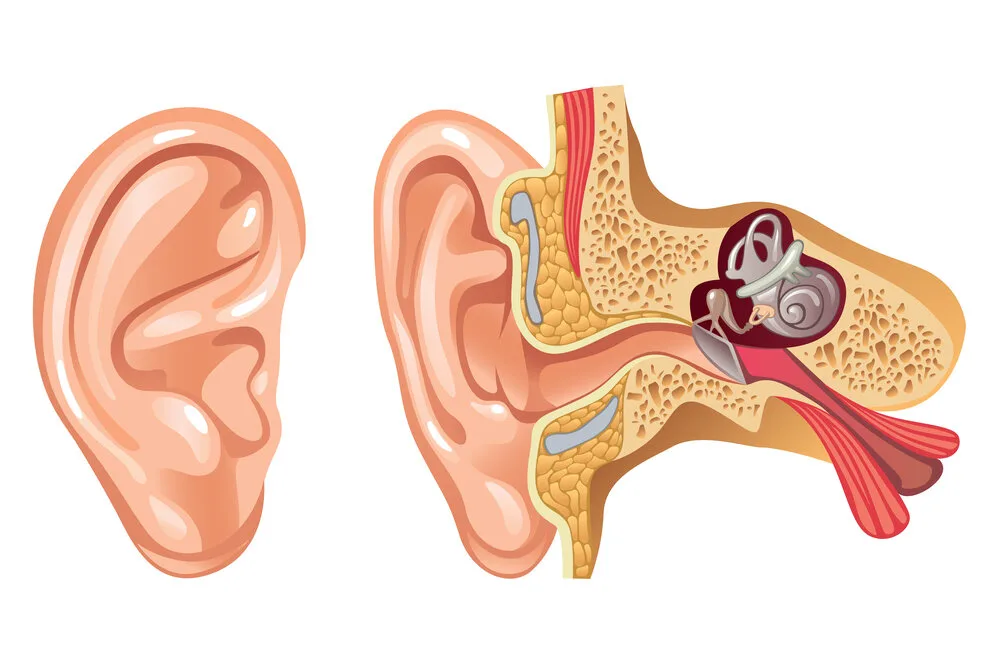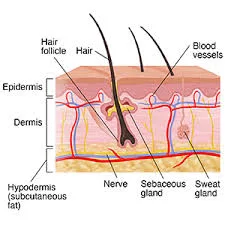Introduction
Importance of our sense organs
The way we experience the environment is through our senses. These amazing sensory receptors not only help us feel connected to our surroundings, but they also have a significant impact on how we live our daily lives.
What the article will cover
This essay will take us on a fascinating journey to investigate the complex science governing our sensory organs and their tremendous significance. We will discover the marvels concealed within our own bodies, from the intricacies of touch to the marvel of eyesight. Come along as we explore “The Science Behind Extraordinary Sense Organs” and discover a whole new perspective on the amazing realm of perception.
The Five Senses and Their Role
Overview of the five primary sense organs
Taste, smell, touch, hearing, and taste are the five amazing sense organs that control our sensory experience. Every single one of these organs is a work of evolutionary art, tailored to capture particular elements of our environment. Here is a quick synopsis of these main sense organs.
Sight (Vision):
Our eyes are a doorway into the outside world, enabling us to see hues, forms, and motion. Our ability to see allows us to read this text, enjoy art, and navigate our surroundings.
Hearing (Audition):
The ears are highly attuned sound wave receivers. They convert vibrations into the soothing sounds of nature, the subtleties of speech, and the symphonies of music.
Taste:
Our tongues’ taste buds are in charge of identifying five different flavors: umami, sweet, sour, bitter, and salty. Taste enables us to differentiate between various cuisines and enjoy tasty meals.
Smell
Smell and memory are strongly related concepts. From the flavor of freshly baked bread to the fragrance of flowers, our noses are capable of perceiving a wide variety of aromas.
Touch
Our greatest organ, the skin, is a sensory powerhouse. It enables humans to experience pain, texture, pressure, and temperature. Our interactions with the physical world rely heavily on our sense of touch.
In-depth discussion of the structure and function of each sense organ
Eye – Vision

The eye is a biological engineering wonder. It is made up of the cornea, lens, and retina, among other parts. The retina, which is made up of millions of light-sensitive cells known as photoreceptors, receives light focused on it by the cornea and lens. The optic nerve is used by these photoreceptors, sometimes referred to as rods and cones, to send visual information to the brain. Rods perform well in low light, while cones are in charge of color vision and detailed images.
Ear – Hearing

Our ears are complex instruments for hearing. The outer ear, middle ear, and inner ear are the three primary sections of the ear. The eardrum vibrates as a result of sound waves entering the middle ear through the ear canal after being collected by the outer ear. The inner ear receives these vibrations and converts them into electrical signals via hair cells. The auditory nerve subsequently transmits these impulses to the brain for interpretation.
Tongue – Taste

Our sensation of taste is produced by taste buds, which are grouped together on the tongue and in the oral cavity. Specialized receptor cells found in each taste bud are capable of identifying five flavors: umami, sweet, sour, bitter, and salty. The brain receives messages from these receptor cells, which enable us to taste the food we eat.
Nose – Smell

The olfactory system is strongly related to our sense of smell. Odor molecules attach to nasal cavity receptors upon inhalation. These receptors communicate with the olfactory bulb, which relays information to the olfactory cortex of the brain. We are able to recognize and notice a vast variety of smells thanks to this intricate mechanism.
Skin – Touch

The greatest organ in our body, the skin, has several different types of sensory receptors. Pacinian corpuscles sense vibration and pressure; Meissner’s corpuscles detect mild touch. Temperature and pain perception are transmitted by free nerve terminals. varied parts of the body have varied levels of skin sensitivity, which allows us to interact with our surroundings safely.
How sensory receptors work to transmit information to the brain
Sensory receptors aid in the information that travels to the brain. Receptors are specialized cells or nerve endings that respond to certain stimuli such as chemicals, light, sound, or pressure. This is the way they operate:
Signal Reception
A stimulus can cause a sensory receptor to produce electrical impulses in response. For instance, photoreceptor cells in the retina of the eye react to light.
Signal Transduction
The produced signals are transformed into electrical impulses that the neurological system can process and interpret. Each type of receptor has unique metabolic pathways involved in this conversion.
Transmission to the Brain
The brain receives the signals after they have been transduced via sensory neurons. Different receptor types transmit signals to distinct brain regions that are involved in processing a certain sense.
Enhancing Your Own Sense Organs
Eye Care for Optimal Vision
Schedule regular vision tests to identify and treat visual issues early on.
Wear sunglasses to protect your eyes from prolonged UV exposure.
To maintain eye health, stick to a diet high in antioxidants like vitamin A and lutein.
Hearing Health Practices
When in a noisy setting, try to keep your ears protected from loud noises.
When wearing headphones or earbuds, down the volume to give your ears a rest.
Keep your ears clean and watch out for earwax accumulation.
Taste Sensation Savvy
In order to activate and hone your taste senses, enjoy a wide variety of meals.
Restrict your intake of sugar and salt because they can desensitize your taste receptors.
Maintain hydration since taste perception requires a wet tongue.
Smell Enhancement Strategies
Use essential oils for aromatherapy to arouse your sense of smell.
To improve your sense of smell, experiment with tasting and smelling different herbs and spices.
Maintain a healthy and well-ventilated environment around you.
Caring for Your Skin’s Sensitivity
To keep your skin feeling sensitive to the touch, moisturize it.
Exfoliate your skin gently to help improve touch sensitivity by removing dead skin cells.
Use sunscreen to shield your skin from prolonged sun exposure.
also follow https://360newsvision.com/


